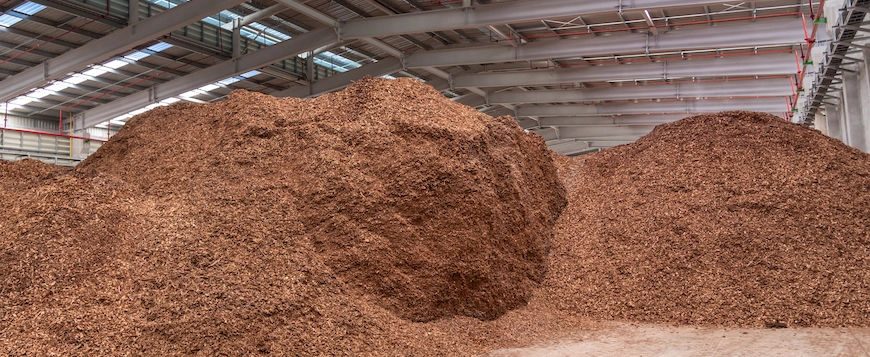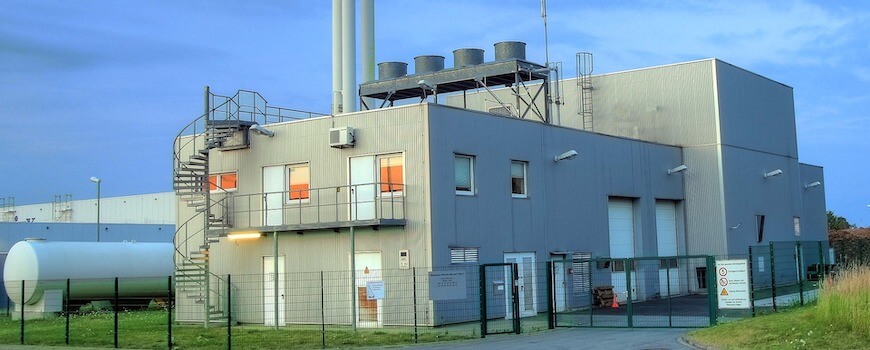
What is biomass?
Biomass is an organic matter from plants and animals. It is a carbon-based material we can use for energy production, but not only humans can make good use of it. Almost every creature can use biomass to its advantage.
Biomass is made of organic materials: dead animals and plants, tree leaves, excrement. These materials are pressured together by gravity and sink beneath the Earth’s surface, piling up under the crust. After a couple of million years, carbon and petroleum quarries are formed.
Is biomass renewable?
Biomass is continuously produced by nature itself, therefore we consider it as a renewable source of energy. It can be made of wood (firewood, wood pellets, lumber dust and waste, and even waste from the paper industry). Agricultural crops and waste materials such as soy, grass, forests, algae are also ingredients. On top of that, animal manure and human sewage are constantly ‘produced’ by nature.
It is renewable because the supply is guaranteed – however, it is not as infinite as solar or wind power. It is harder to collect and produce.
How is biomass energy produced?
The rotting process of organic materials leads to bioenergy. From the material, methane gas is evolving, this gas is turned into electricity by a generator in biomass power plants.
Nevertheless, not only gaseous forms of biomass are available: solid and liquid biomass is also produced.
Uses for biomass
Solid biomass can be burned: sawdust, pellets, straws have efficient heating value, these are the most popular biomass types for heating. It is important though that the burning biomass cannot pollute the environment.
Gaseous biomass is used for heating too, but its heating value is not that high because it contains more moisture. It is made of sugar-containing plants, manure, and plants.
Liquefied biomass can be divided into two categories:
- diesel
- gasoline.
Diesel is made of plants that contain oil, such as olive or sunflower. On the other hand, gasoline is made of herbs that contain starch, sugar, or cellulose – for example wheat, corn, sugar beet, wood, and reed.

The advantages and disadvantages of biomass
The advantages of biomass are clear:
- it is renewable;
- burning biomass is not polluting (no CO2 emission);
- it has many uses.
However, it has some disadvantages too:
- if we use biomass, we can destroy natural habitats (that would need the biomass);
- producing biomass requires a large amount of land.
Biomass power plants
In recent years, biomass added 5% to the United States’ primary energy use. In the EU, this number is 10%. It seems like this rate cannot get any higher because we do not have enough infield to produce biomass. Maintaining a zero-waste society cannot be reached by only biomass, solar and wind energy are also needed.
